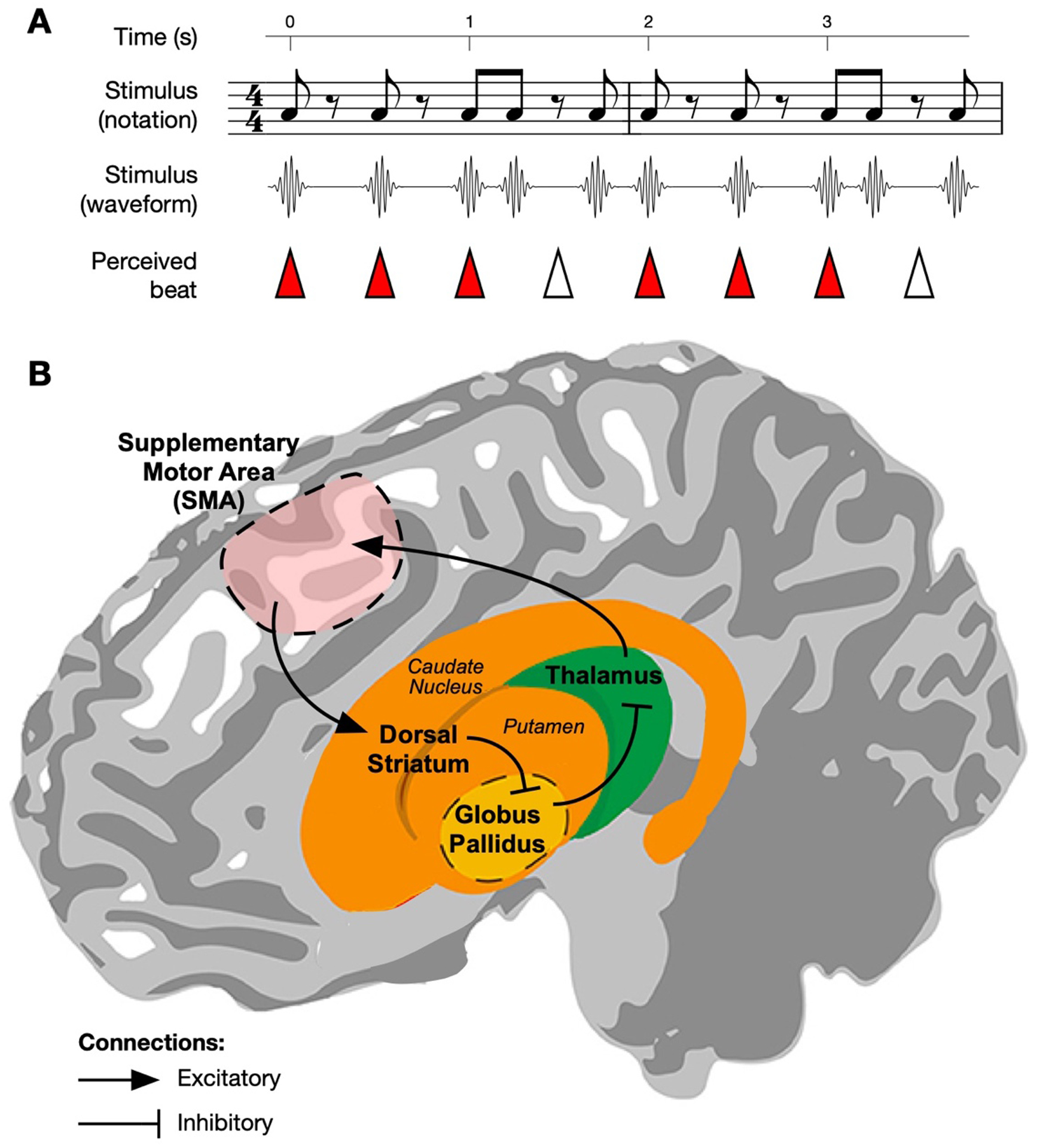Figure 1: Beat perception and the motor system.

A) A simple, repeating non-isochronous rhythm is shown in music notation and illustrated as an acoustic waveform. The rhythm induces an isochronous beat percept (beat locations shown by triangle tips). Note that some beats are not marked by sounds (hollow triangles), and some sounds occur at non-beat times. The reader is encouraged to listen to the corresponding sound example (in which the above rhythm is looped several times) to verify the beat percept. B) A simplified schematic of the direct pathway loop connecting the two key areas discussed in this paper in reference to beat perception. The supplementary motor area (SMA) projects to the dorsal striatum (consisting of the putamen and caudate nucleus). Dorsal striatum inhibits the internal segment of globus pallidus (shown here hidden behind the striatum), which inhibits thalamus. Closing the loop, thalamus excites SMA. During physical movement, this pathway is thought to selectively disinhibit populations in SMA necessary for the next sub-movement in a sequence. Here, we propose that the same process is used to disinhibit populations that generate the temporal dynamics necessary to covertly anticipate the next beat in a rhythm. Figure adapted from [117]. CC BY 3.0 https://creativecommons.org/licenses/by/3.0/
